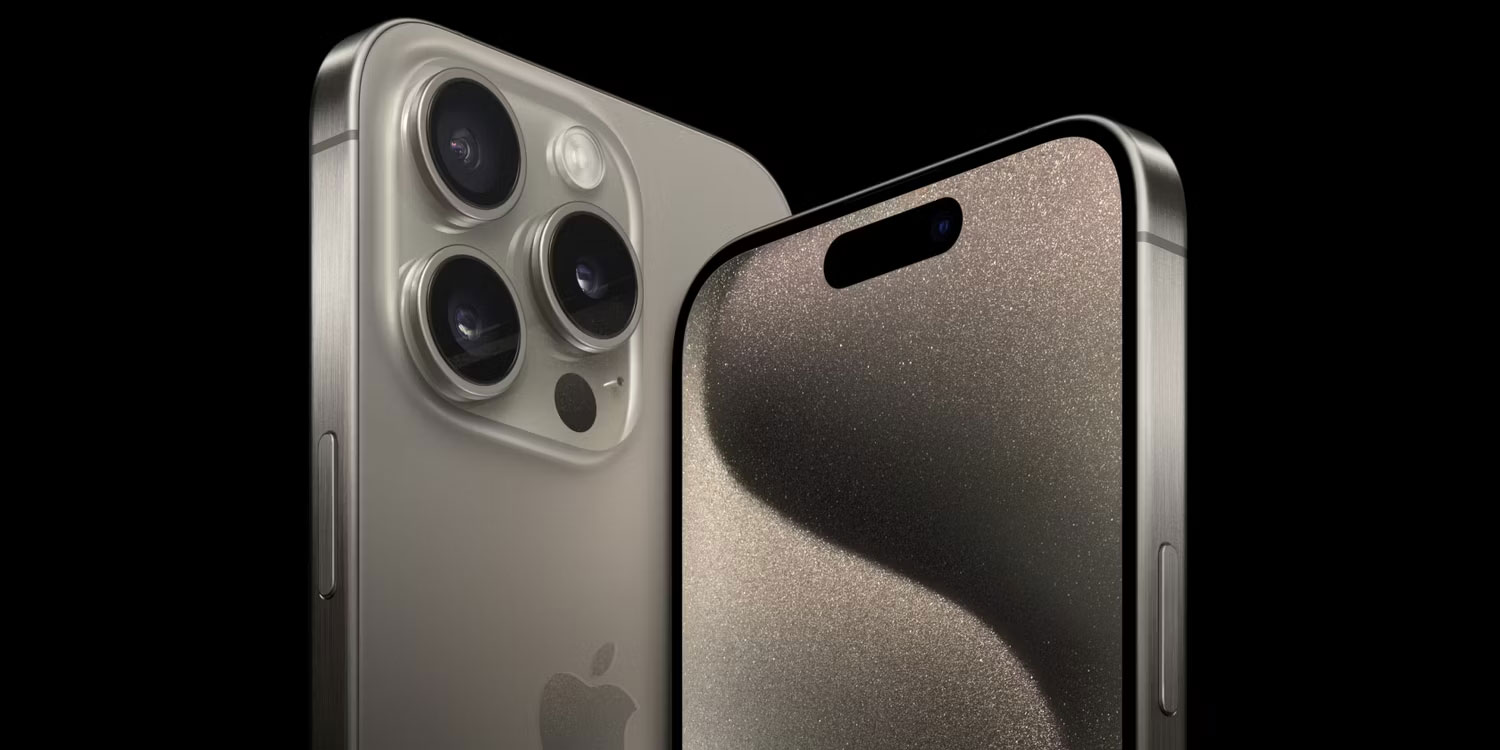What is Apple's Ultra Retina XDR display on iPad Pro?
One of the standout features of the 2024 iPad Pro line is the all-new Ultra Retina XDR display. We've seen Apple's Liquid Retina XDR and Super Retina XDR displays, but what makes this one different? Let's find the answer through the following article!
What is Ultra Retina XDR display?

Apple has finally switched to OLED displays for its 2024 iPad Pro models. The upcoming 12.9-inch iPad Pro model has a Liquid Retina XDR display using mini LED technology. However, instead of the familiar Super Retina XDR moniker on the iPhone, Apple has a more novel term: Ultra Retina XDR.
Apple's Ultra Retina XDR display is unlike any other traditional OLED display, including those on the iPhone. The company uses parallel OLED display technology, where two OLED panels are stacked on top of each other to achieve higher overall screen brightness. The M4 chip manages the brightness and color of both panels simultaneously.
As a result, the iPad Pro 2024 can provide 1,000 nits of full-screen brightness for SDR content, up from 600 nits on the old model. Maximum brightness for HDR content remains the same at 1,600 nits, but OLED technology offers some benefits over mini-LEDs that we'll discuss next.
How is Ultra Retina XDR different from Liquid Retina XDR display?

If you own an iPad with a Liquid Retina XDR display, you may notice a blooming effect when viewing white text on a black background. This effect creates halos around white elements, especially in high-contrast scenes.
This isn't an issue on Apple's Ultra Retina XDR display, as the OLED panel allows control of each individual pixel, delivering perfect blacks. In darker scenes, the pixels effectively turn off, enhancing contrast significantly.
Furthermore, OLED screens have self-illuminating pixels so they do not need a specialized backlight like LCD. This contributes to the thin design of the iPad Pro, only 5.3mm thick for the 11-inch model and 5.1mm thick for the 13-inch model.
The Ultra Retina XDR display brings some other small upgrades, like automatically reducing the refresh rate to 10Hz from the previous 24Hz. While this will help save energy, don't expect it to make a significant difference.
Is Ultra Retina XDR better than Super Retina XDR on iPhone?

Apple has been using the Super Retina XDR display since the iPhone 11 Pro in 2019. But how does the new Ultra Retina XDR display compare?
First, the iPhone screen does not use parallel OLED technology. Theoretically, the Ultra Retina XDR display is more efficient and can even last longer without OLED burn-in. That's because the two panels effectively operate at lower voltages while providing the same brightness, meaning each panel takes longer to experience burn-in.
You won't notice much of a difference in overall brightness and contrast, as Apple advertises the same 2,000,000:1 contrast for both the iPhone 15 Pro and M4 iPad Pro. iPhone 15 Pro can reach a higher brightness of 2,000 nits outdoors and the same 1,000 nits brightness for SDR content.
Apple's main achievement here is maintaining the same level of performance with a larger screen, which is much more difficult.
iPad Pro 2024 offers many upgrades in addition to the all-new Ultra Retina XDR display. While these advancements may sound appealing, if you already have an iPad with an M-series chip, know that it's still very capable and upgrading may not be a good idea.
You should read it
- Why doesn't MacBook Air use Retina display?
- iMac Retina 5K screen is late because of the shortage
- Apple is ready to launch the ultra-sharp Retina MacBook Air
- Retina screen support application for the new MacBook
- MacBook Air Retina screen will not be released this week
- The new 12-inch MacBook Air will have a Retina display and is thinner
 5 best earbud headphones in 2024
5 best earbud headphones in 2024 Instructions for checking laptop battery health using BatteryInfoView
Instructions for checking laptop battery health using BatteryInfoView Top best gaming keyboards in 2024
Top best gaming keyboards in 2024 Some Intel CPUs have reduced performance by 9% after just 1 update
Some Intel CPUs have reduced performance by 9% after just 1 update GeForce Experience has problems finding games on Windows: Here's how to fix it
GeForce Experience has problems finding games on Windows: Here's how to fix it How to set voice chat to Telegram notification tone
How to set voice chat to Telegram notification tone